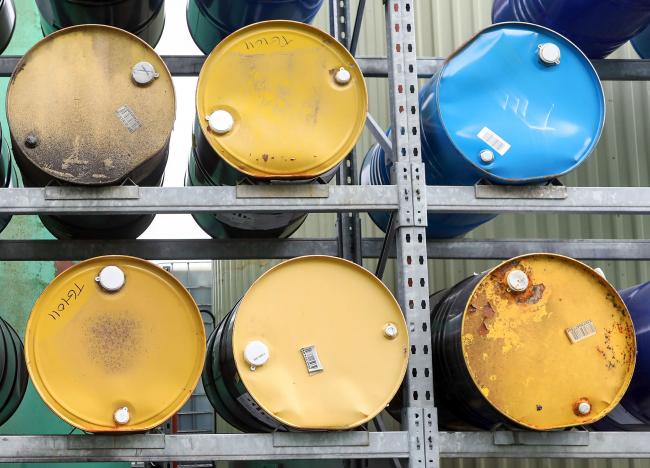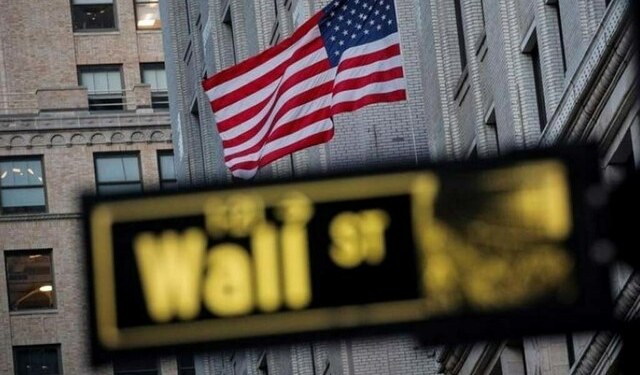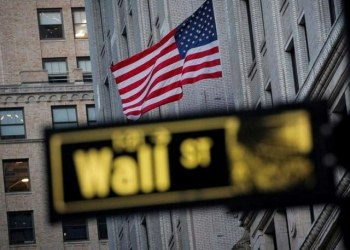 © Bloomberg. Barrels of refined oil and lubricant additives sit on shelves in the storage yard at Rock Oil Ltd.’s factory in Warrington, U.K., on Monday, March 13, 2017. Oil declined after Saudi Arabia told OPEC it raised production back above 10 million barrels a day in February, reversing about a third of the cuts it made the previous month.
© Bloomberg. Barrels of refined oil and lubricant additives sit on shelves in the storage yard at Rock Oil Ltd.’s factory in Warrington, U.K., on Monday, March 13, 2017. Oil declined after Saudi Arabia told OPEC it raised production back above 10 million barrels a day in February, reversing about a third of the cuts it made the previous month. (Bloomberg) — Saudi Arabia set the price of its benchmark crude in Asia at the highest level since August 2014, just a few weeks after the trading unit of China’s biggest refiner asked for fewer barrels because of high prices.
Saudi Arabian Oil Co., the state producer better known as Saudi Aramco, will sell its Arab Light crude at a premium of $1.90 a barrel to a regional benchmark in June, according to a price list emailed Wednesday. Differentials for all grades to Asia were increased month-on-month. Unipec, the trading of unit China’s top refiner Sinopec, had proposed taking 40 percent less crude from the Middle East country for May in response to an unexpected price increase, according to a senior official at the Chinese company.
“It’s a combination of the market strengthening, but also it does suggest that Chinese demand is strong and so they feel like they’ve got room to raise the price,” said Michael Lynch, president of Strategic Energy & Economic Research in Winchester, Massachusetts. “They probably have a much better sense of what’s going on with Chinese demand than anybody else.”
Saudi Arabia’s prices are closely watched by traders because they offer clues about where the world’s biggest exporter sees refining margins and other key global market indicators. They’re also a key yardstick for other Middle East producers. All prices to Europe were lowered. The market is waiting to see whether U.S. President Donald Trump will stiffen sanctions against Iran, a measure that could upend trade flows.
Unipec’s proposal to receive reduce volumes was agreed to by Saudi Aramco, according to the Chinese official.
Here are the changes for June compared with May, in dollars per barrel:
(Updates with analyst comment in third paragraph.)
Fusion Media or anyone involved with Fusion Media will not accept any liability for loss or damage as a result of reliance on the information including data, quotes, charts and buy/sell signals contained within this website. Please be fully informed regarding the risks and costs associated with trading the financial markets, it is one of the riskiest investment forms possible.
Source: Investing.com






























